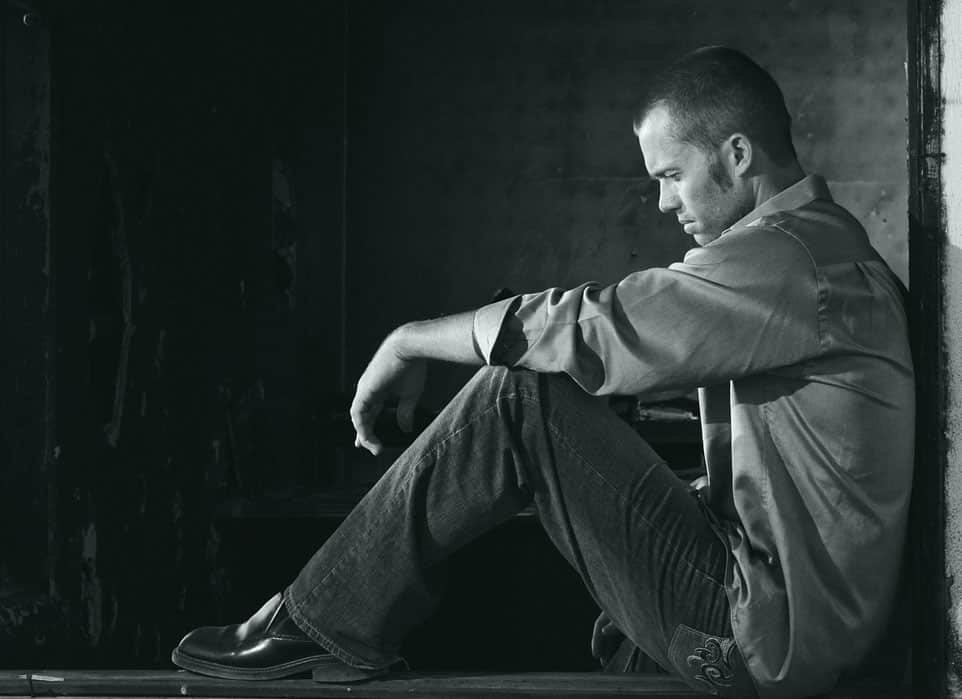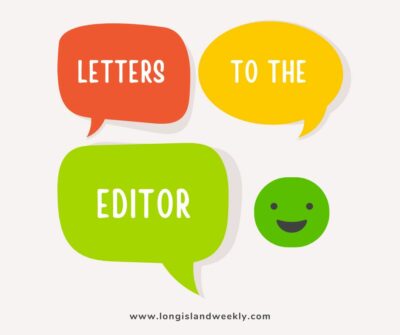 It is the middle of those barren, frigid winter months. Our down comforters and creative baristas do their best to comfort us while the blanket of snow and harsh winds do their best to steal our warmth and help the chill set into our bones. Vaughn Monroe crooned about the weather outside being frightful and I can’t think of a better, more succinct way of putting it. It’s bloody cold outside. For many, the winter tundra is merely an inconvenience, but for some the time of snowy white is accompanied by a serious case of the blues.
It is the middle of those barren, frigid winter months. Our down comforters and creative baristas do their best to comfort us while the blanket of snow and harsh winds do their best to steal our warmth and help the chill set into our bones. Vaughn Monroe crooned about the weather outside being frightful and I can’t think of a better, more succinct way of putting it. It’s bloody cold outside. For many, the winter tundra is merely an inconvenience, but for some the time of snowy white is accompanied by a serious case of the blues.
It is estimated that 30 to 45 million Americans (60 to 90 percent of which are women between the ages of 15 and 55) find their moods negatively affected between October and April and in approximately 3 to 6 million the symptoms are more severe. Seasonal Affective Disorder (or SAD) is a distinct form of depression that an individual experiences around the same time each year. Winter depression, the more prevalent variation of SAD, is characterized by depression, isolation, weight gain, hypersomnia difficulty concentrating, irritability and low-energy.
Evidence suggests that, while the frigid climate may bring you down, winter depression is actually related more to a deficit in light than to temperature. Some experts believe that the lack of sunlight decreases levels of serotonin (a neurotransmitter believed to contribute to feelings of well-being and happiness) in the brain and increases the body’s production of melatonin, is natural hormone that causes drowsiness and is involved in our sleep-wake cycle. Levels of melatonin fluctuate in all of us throughout the year but for some of us this mechanism goes awry. As a result, SAD clients tend to experiences an extension in their biological night.
Are the winter months making you a little cranky? Have you experienced any other SAD symptoms? There are three approaches that will help you address winter depression: pharmacological, light and talk therapy.
Antidepressants such as Celexa, Lexapro, Paxil, Prozac and Zoloft are designed to increase the levels of serotonin in your brain and, with that increase, your feelings of well-being and happiness. However, there are side effects to these medications and you should consult with your doctor about them if you are seeking a prescription. Side effects of these medications may include nausea, nervousness, dizziness, reduced sexual desire or functioning, drowsiness, insomnia, weight gain (or loss) and headaches.
Light therapy involves facing a very bright (10,000 lux) broad-spectrum light from about two feet away for approximately 30 minutes or so every morning. While your eyes must be open, it is not necessary to stare at the light and you should avoid doing that in order to minimize the possible risk of damage to your eyes.
While people may only choose one approach to treatment, my clinical experience has shown that many patients feel better with a combination of treatments, including talk therapy.
 Jeremy Skow, LMHC, CASAC, MBA maintains a private practice in Manhasset. He can be reached at 516-322-9133. For speaking engagements or media inquiries, you may reach Skow in his office or by email at jskow@lmhcny.com or by visiting www.mentalhealthcounselingny.com.
Jeremy Skow, LMHC, CASAC, MBA maintains a private practice in Manhasset. He can be reached at 516-322-9133. For speaking engagements or media inquiries, you may reach Skow in his office or by email at jskow@lmhcny.com or by visiting www.mentalhealthcounselingny.com.


















